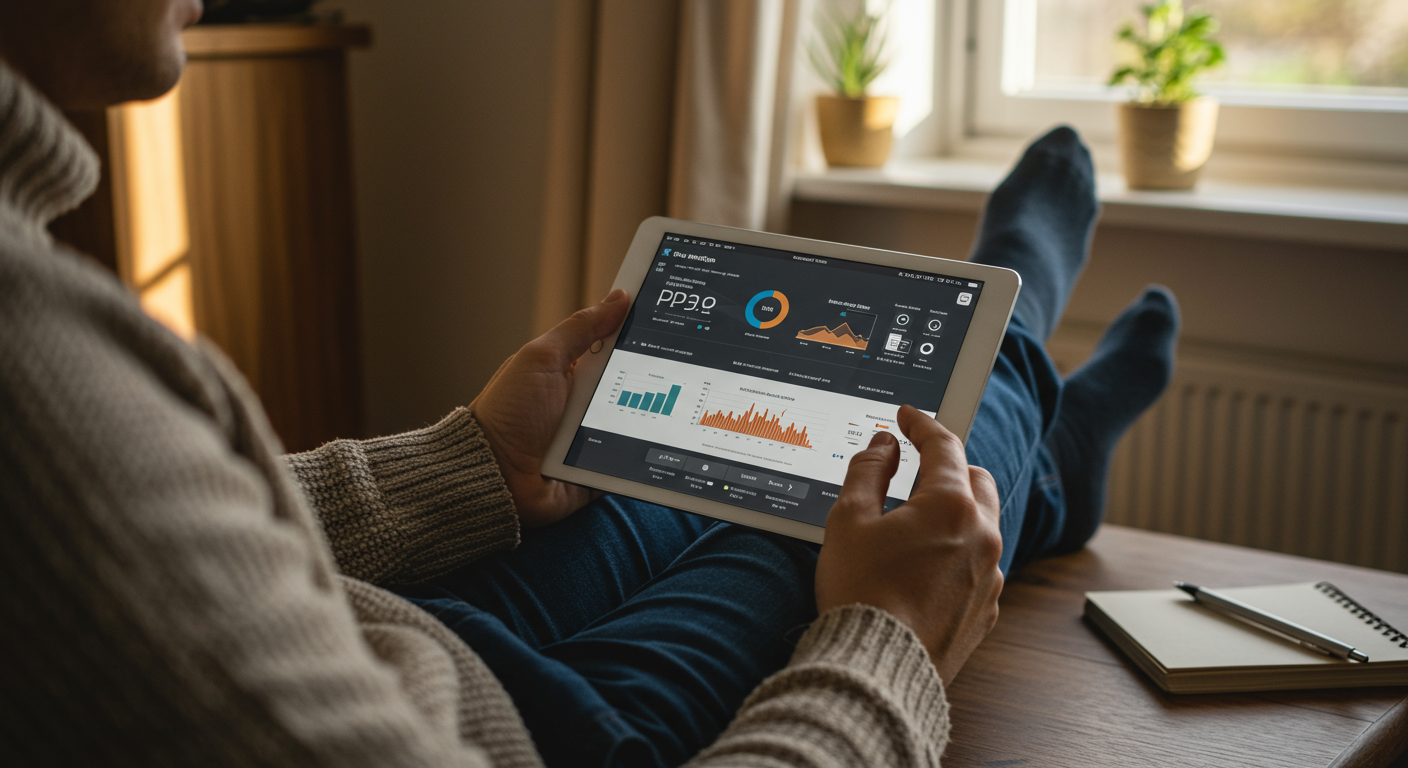Welcome to the world of P2P lending in Europe! If you're a new investor looking to diversify your portfolio and explore alternative investment options, you've come to the right place. This guide is designed specifically for European beginners, providing a clear, step-by-step approach to understanding and successfully navigating the P2P lending landscape in 2025.

Why This Matters for New P2P Investors
Peer-to-peer (P2P) lending offers a unique opportunity to invest directly in loans, potentially earning higher returns than traditional savings accounts. For European investors, the P2P market provides access to a diverse range of loan types and platforms. However, the landscape can seem complex at first. This guide simplifies the process, ensuring you understand the fundamentals and can start investing with confidence.
The European market is particularly attractive due to its regulatory environment, which aims to protect investors. Understanding these regulations is crucial for making informed decisions and mitigating risks. This guide will break down the key aspects of P2P lending, helping you to make smart investment choices.
Getting Started: What You Need to Know
Before you invest, it's important to grasp the basics. P2P lending involves lending money to borrowers through online platforms. These platforms connect investors with borrowers, facilitating the loan process. Your investment earns interest over time, creating a passive income stream.
Key terms you should know:
- Principal: The original amount of money you invest.
- Interest: The amount you earn on your investment, typically expressed as an annual percentage rate (APR).
- Loan Term: The duration of the loan.
- Diversification: Spreading your investments across different loans and platforms to reduce risk.
- Risk Assessment: Evaluating the creditworthiness of borrowers and the potential for loan defaults.
In the European context, regulatory frameworks like MiFID II and GDPR add layers of investor protection. MiFID II ensures transparency and fair dealing, while GDPR protects your personal data. Familiarizing yourself with these regulations is part of being a responsible investor.
Step-by-Step Process
Here’s a simple guide to get you started:
- Research and choose a platform: Select a reputable P2P lending platform. Consider factors like interest rates, loan types, and platform reputation.
- Create an account: Sign up and complete the necessary verification steps. This usually includes providing personal details and verifying your identity.
- Fund your account: Transfer funds from your bank account to your platform account. Ensure you understand any fees associated with transfers.
- Choose your investments: Browse available loans and select those that match your risk tolerance and investment goals. Many platforms offer automated investing features.
- Monitor your portfolio: Regularly check your portfolio performance, track interest payments, and reinvest your earnings to compound your returns.
Your First €100: What to Expect
Starting with a small investment, such as €100, is a great way to learn the ropes. This allows you to understand how the platform works, monitor your returns, and assess the associated risks without significant financial exposure.
Example: If you invest €100 at an average annual interest rate of 8%, you could earn approximately €8 in interest per year. Remember that this is before taxes and doesn’t account for potential defaults. Reinvesting your interest can significantly increase your earnings over time.
Common Beginner Questions
- Is P2P lending safe? P2P lending carries risks, including the possibility of loan defaults. However, by diversifying your investments and choosing reputable platforms, you can mitigate these risks. European regulations offer some protection.
- How are my investments taxed? Tax rules vary by country within Europe. Generally, interest earned is subject to income tax. Consult a tax advisor to understand the specific rules in your country.
- What if a borrower defaults? P2P platforms often have provisions in place to recover funds, such as debt collection agencies. Some platforms offer buyback guarantees, which means the platform will repurchase the loan if the borrower defaults.
- How do I choose a platform? Research platforms based on their loan offerings, interest rates, fees, and user reviews. Look for platforms regulated within the EU.
European Investor Advantages
Investing in the European P2P market offers several advantages:
- Regulatory protection: MiFID II and other European regulations provide a level of investor protection not always found elsewhere.
- Diversification: Access to a wide range of loan types and borrowers across different European countries.
- Transparency: Many platforms offer detailed information about borrowers and loan performance.
- Currency stability: Investing in EUR avoids the currency risks associated with other currencies.
Building Your Knowledge
To become a successful P2P investor, continuously learn and adapt your strategy.
- Read platform reviews and financial news: Stay informed about market trends and platform performance.
- Attend webinars and online courses: Improve your financial literacy and learn advanced investment strategies.
- Network with other investors: Share insights and learn from experienced investors.
Next Steps in Your P2P Journey
As you gain experience, consider:
- Increasing your investment: Gradually increase your investment as you become more comfortable.
- Diversifying further: Spread your investments across multiple platforms and loan types.
- Exploring advanced strategies: Learn about auto-invest features and other tools to optimize your portfolio.
Ready to take your first step? Consider Swaper, a platform known for its buyback guarantee and beginner-friendly interface. Swaper offers a straightforward approach to P2P lending, making it easier for new investors to get started. With its buyback guarantee, your investments are secured, meaning if a borrower defaults, Swaper will repurchase the loan, ensuring your capital's safety.
Investing in P2P lending involves risks, including the loss of capital. Please carefully consider the risks before investing.